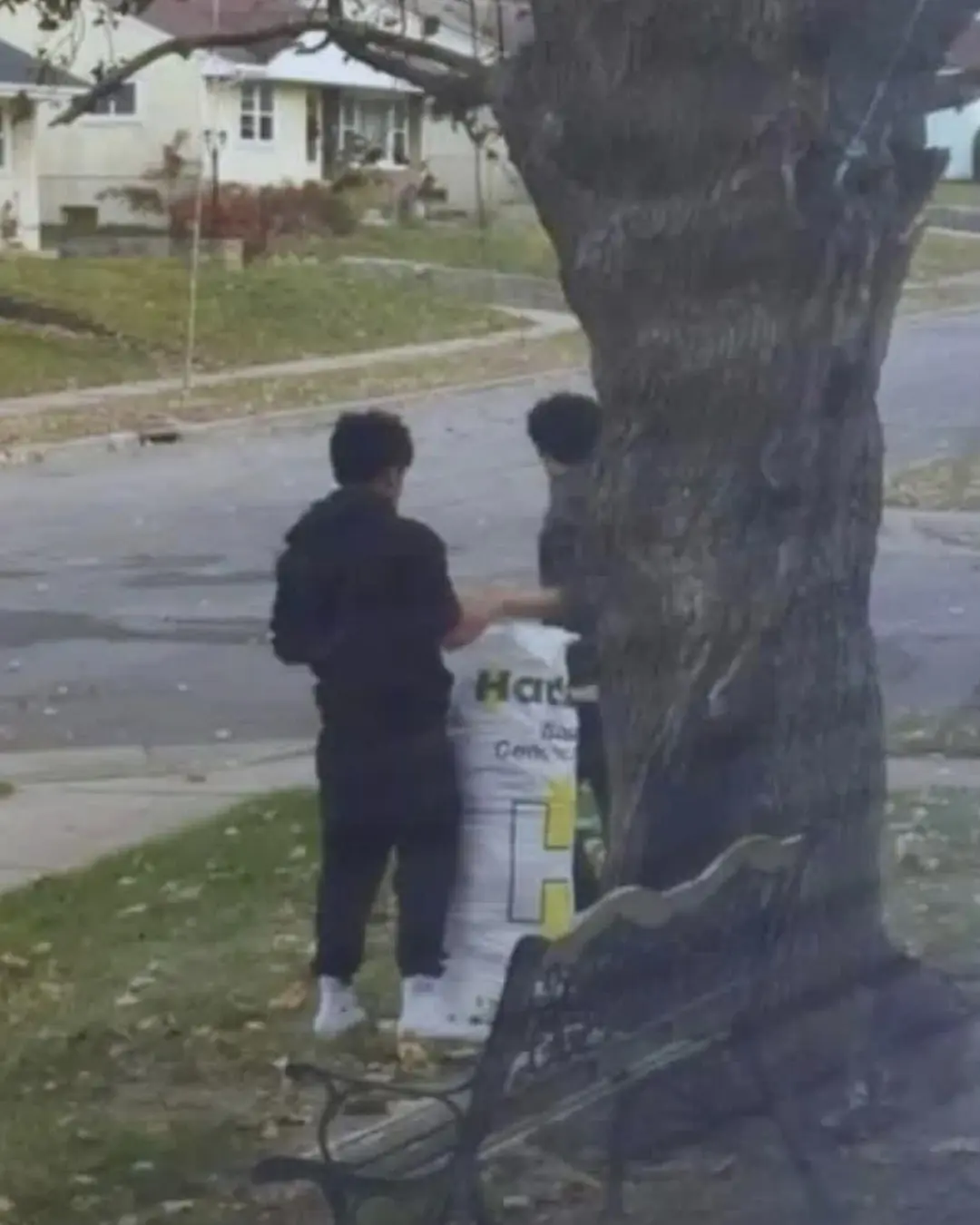
Clogged Toilet? Just Use This Simple Method — Water Will Flow Smoothly Again in 5 Minutes
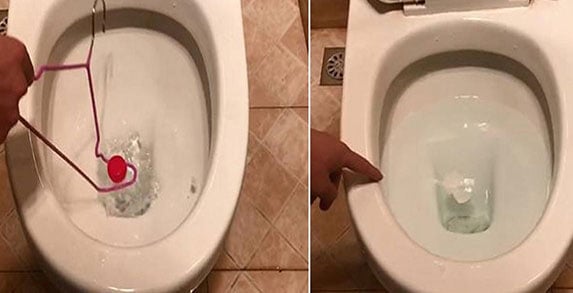
If you’re feeling annoyed because your toilet is clogged again, don’t worry — there are several quick and easy methods you can try at home to fix the problem without calling a plumber. A clogged toilet is one of the most common and frustrating household issues, but with the right approach, you can clear the blockage in just a few minutes.
Below is a detailed guide to help you recognize early signs of a clog and handle it effectively with simple tools you already have at home.
How to Recognize Early Signs of a Clogged Toilet
Identifying a clog early makes the fix much faster and cleaner. Here are the most common symptoms of a mild toilet blockage:
-
After flushing, water drains slowly or does not drain at all—even after multiple flushes.
-
A persistent unpleasant smell comes from the toilet even when it looks clean.
-
You hear bubbling or gurgling sounds in the toilet bowl or pipes when flushing. Sometimes water may even splash back up from the drain.
When you notice these signs, it's best to act immediately before the blockage gets worse.
6 Quick and Easy Ways to Unclog a Toilet
1. Use Water Pressure
One of the simplest and most effective methods is using strong water pressure to push the clogged material downward.
You can try flushing the toilet several times on the highest setting. If that doesn’t work, fill a large bucket with water and pour it forcefully into the bowl. The sudden pressure often helps break apart the blockage.
Note:
This method may cause water to splash, so be prepared to clean afterwards. It works best for soft blockages like tissue or organic waste.
2. Use a Commercial Toilet Unclogging Product
Chemical unclogging powder or liquid can dissolve organic matter quickly. Simply mix the recommended amount with water (or pour it directly into the toilet), close the lid, and wait 4–6 hours for it to take effect.
Afterward, flush the toilet to check if the water flows smoothly again.
Important:
This method is effective only for organic waste. It will not work if the blockage is caused by non-organic items such as plastic, cloth, or large paper chunks. In those cases, you must use a physical method.
3. Use a Coat Hanger
A metal coat hanger can act as a simple drain snake in emergencies.
Steps:
-
Choose a thin metal hanger and straighten it out, bending one end into a small hook.
-
Insert the hooked end deep into the toilet drain until you feel resistance.
-
Push firmly and twist to break apart or pull out the blockage.
-
Flush the toilet to see if the water drains properly.
This method offers surprisingly good results for removing hair, paper clumps, or other small objects stuck in the pipe.
4. Combine Baking Soda, Hot Water, and Vinegar
This natural method is safe, inexpensive, and useful for dissolving soft blockages.
Steps:
-
Mix 500 g of baking soda, 2–3 liters of boiling water, and one bottle of vinegar.
-
Pour the mixture into the toilet and let it sit for 5–7 hours.
-
After the mixture has broken down the waste, flush thoroughly to clear the pipe.
This chemical reaction helps soften and dissolve materials stuck inside the drain, improving water flow.
5. Use Pepsi or Coca-Cola
Although it sounds strange, cola drinks contain acids that help break down residue and organic waste.
How to Use:
-
Pour two 1.5-liter bottles of Pepsi or Coca-Cola into the toilet.
-
Let the liquid sit for about 2 hours so the acid can work on the blockage.
-
Flush with hot water to wash away any remaining waste and sticky residue.
This method is surprisingly effective for mild clogs and is a good alternative if you don’t have baking soda or vinegar at home.
6. Use a Plunger (Pittong)
A plunger is one of the most reliable tools for unclogging toilets. It works by creating suction and pressure to dislodge whatever is stuck in the pipe.
Steps:
-
Flush the toilet once to add water for better suction.
-
Place the plunger firmly over the drain opening.
-
Push and pull repeatedly 6–7 times with strong force.
-
Pull the plunger up quickly to release pressure.
-
Flush again to confirm the blockage is cleared.
This method requires some physical effort but is highly effective for both organic and non-organic blockages.
Preventing Future Toilet Clogs
To avoid recurring clogs, consider the following preventive measures:
-
Make sure your home’s drainage design is efficient from the start.
-
Do not flush wipes, sanitary products, cotton buds, or anything other than tissue and waste.
-
Choose modern toilet models with anti-clog features.
-
Clean the toilet and pipes regularly to prevent buildup of residue and debris.
Taking these steps will help maintain a smooth-flowing toilet system and save you time, money, and inconvenience in the long run.
News in the same category


Doctors reveal the #1 supplement to reduce dementia risk

Fresh, delicious, firm field crabs, just aim for this spot, 10 out of 10 will be correct.
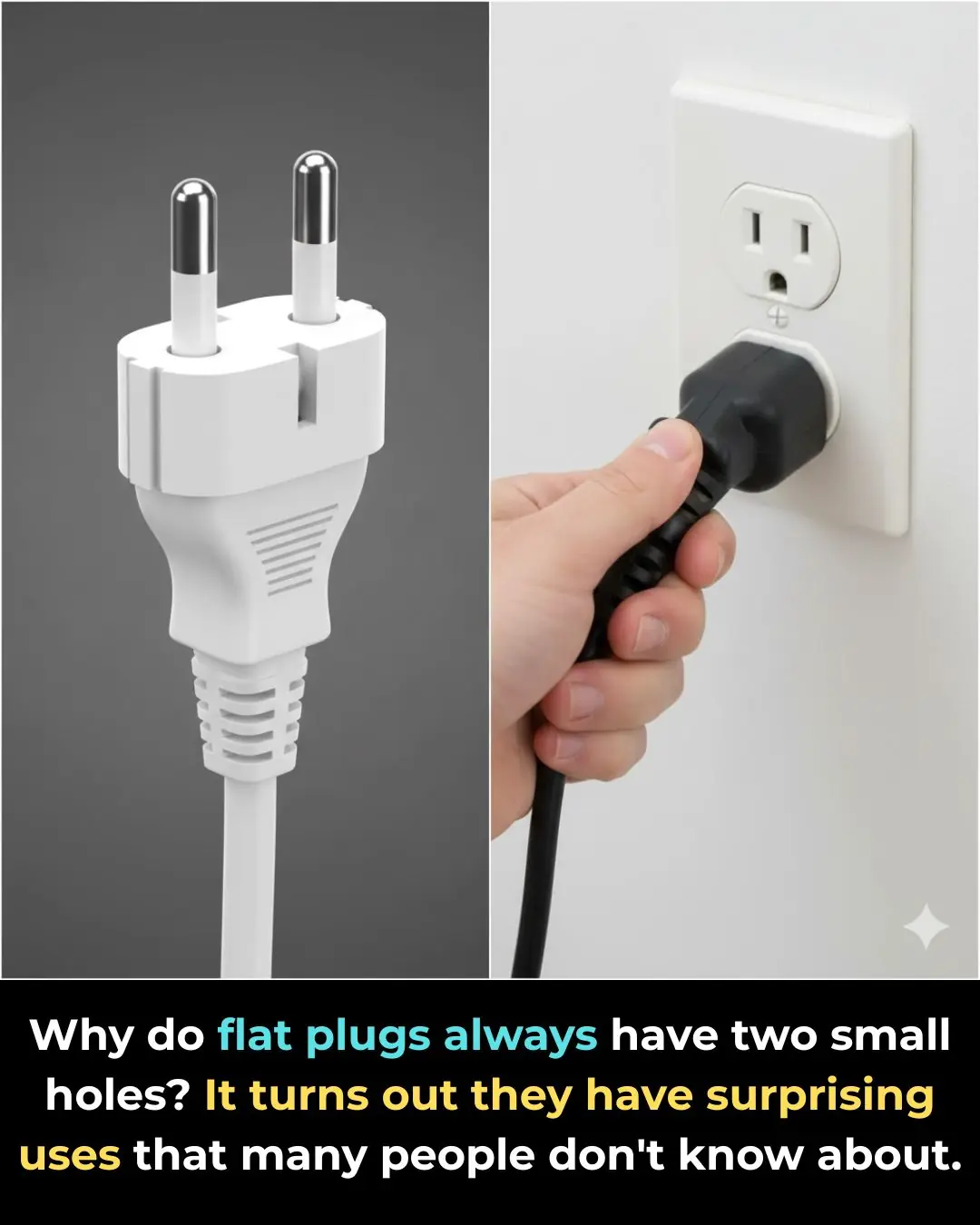
Why do flat plugs always have two small holes? It turns out they have surprising uses that many people don't know about.

Cooking sticky rice for the full moon offering in a rice cooker is as quick and sticky as using a steamer thanks to this secret.

Why You Should Keep a Small Amount of Cash Behind Your Phone Case — A Useful Trick Few People Know

7 Frozen Foods That Are Even Better Than Fresh — More Nutritious and Time-Saving

So useful! Gonna watch out for these

How to Make Fermented Peach Lemon (Chanh Đào) With Rock Sugar and Honey — A Highly Effective Homemade Remedy for Coughs

How to fry delicious, green, and neat spring rolls made from 10 leaves like 1
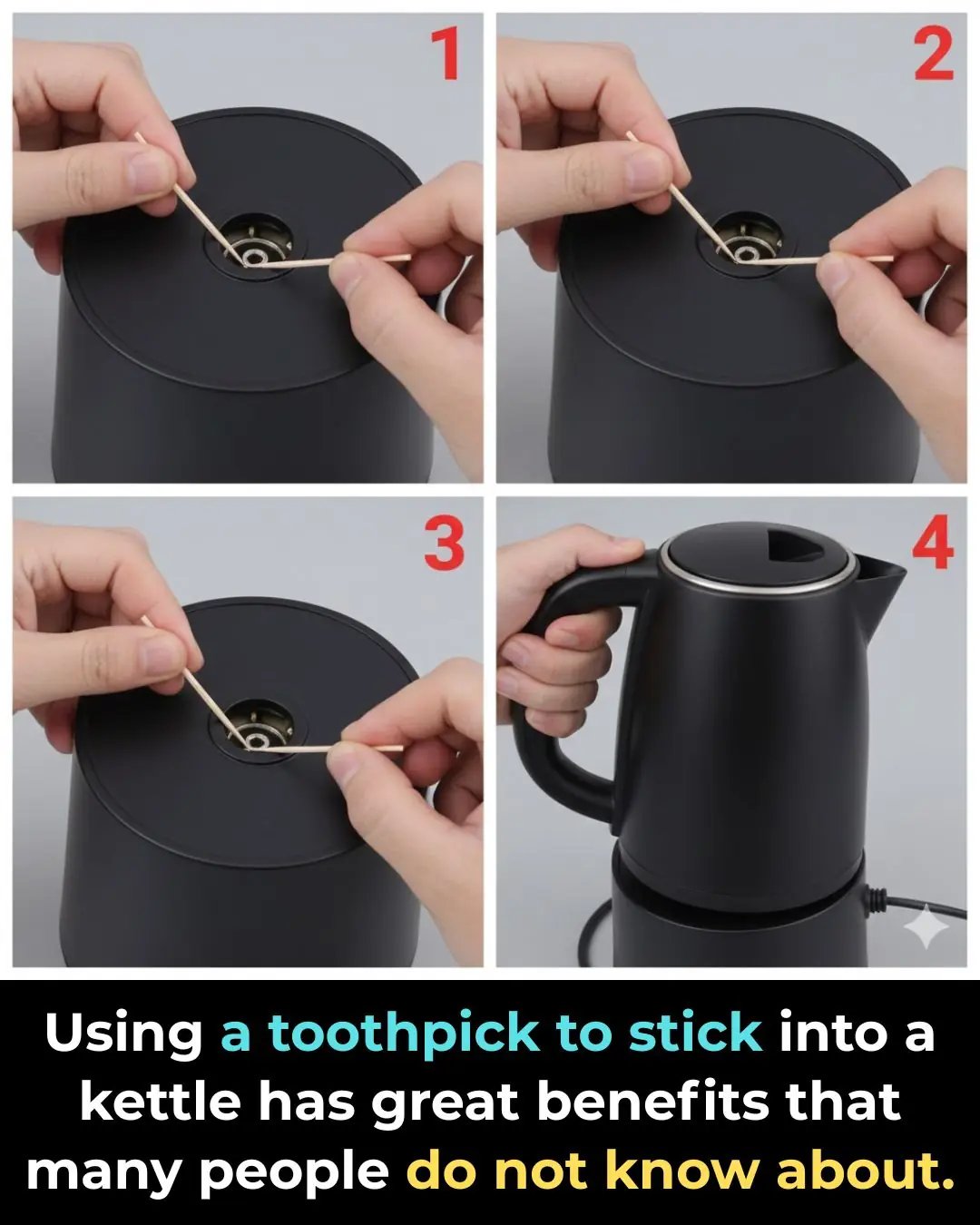
Using a toothpick to stick into a kettle has great benefits that many people do not know about.
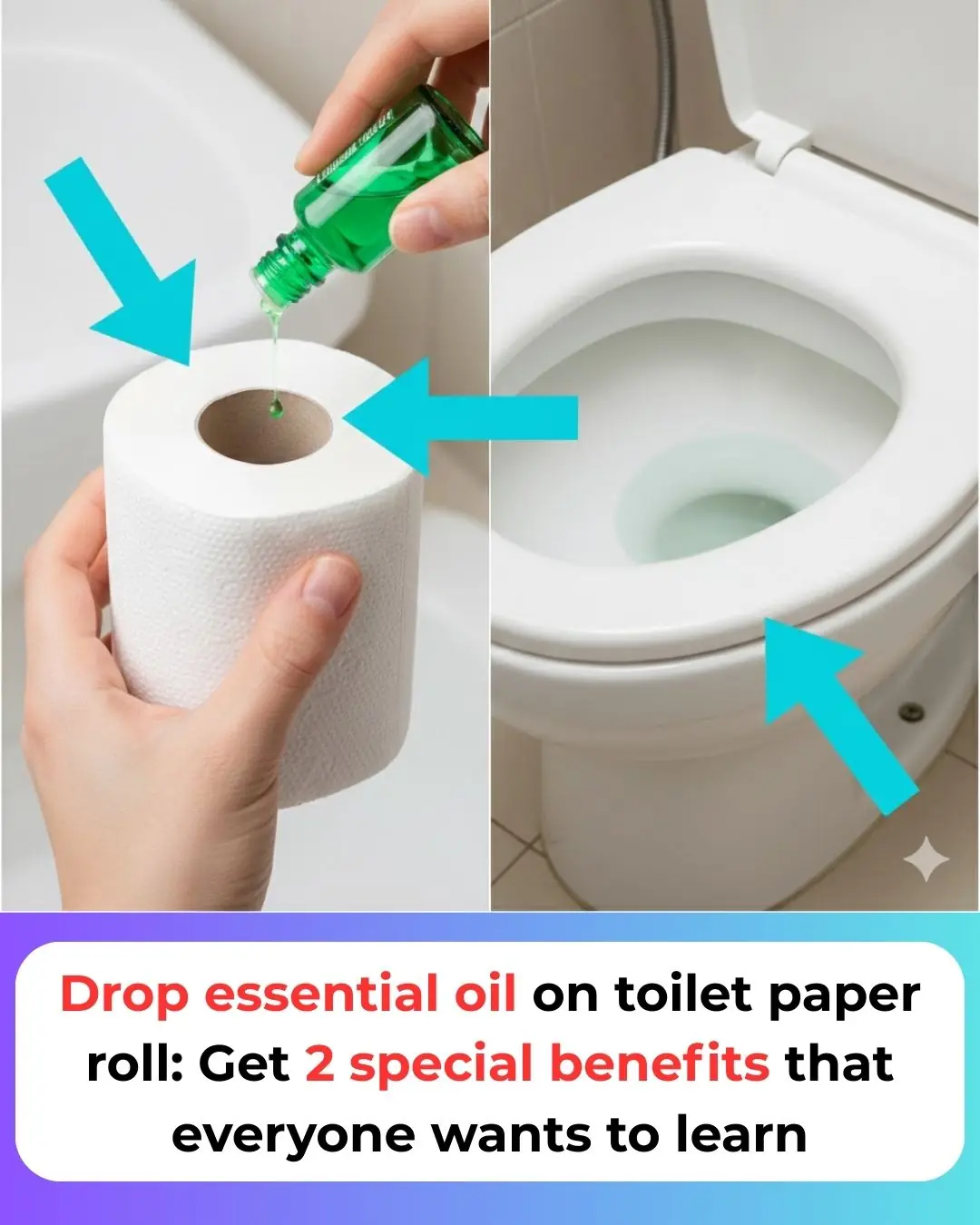
Drop essential oil on toilet paper roll: Get 2 special benefits that everyone wants to learn
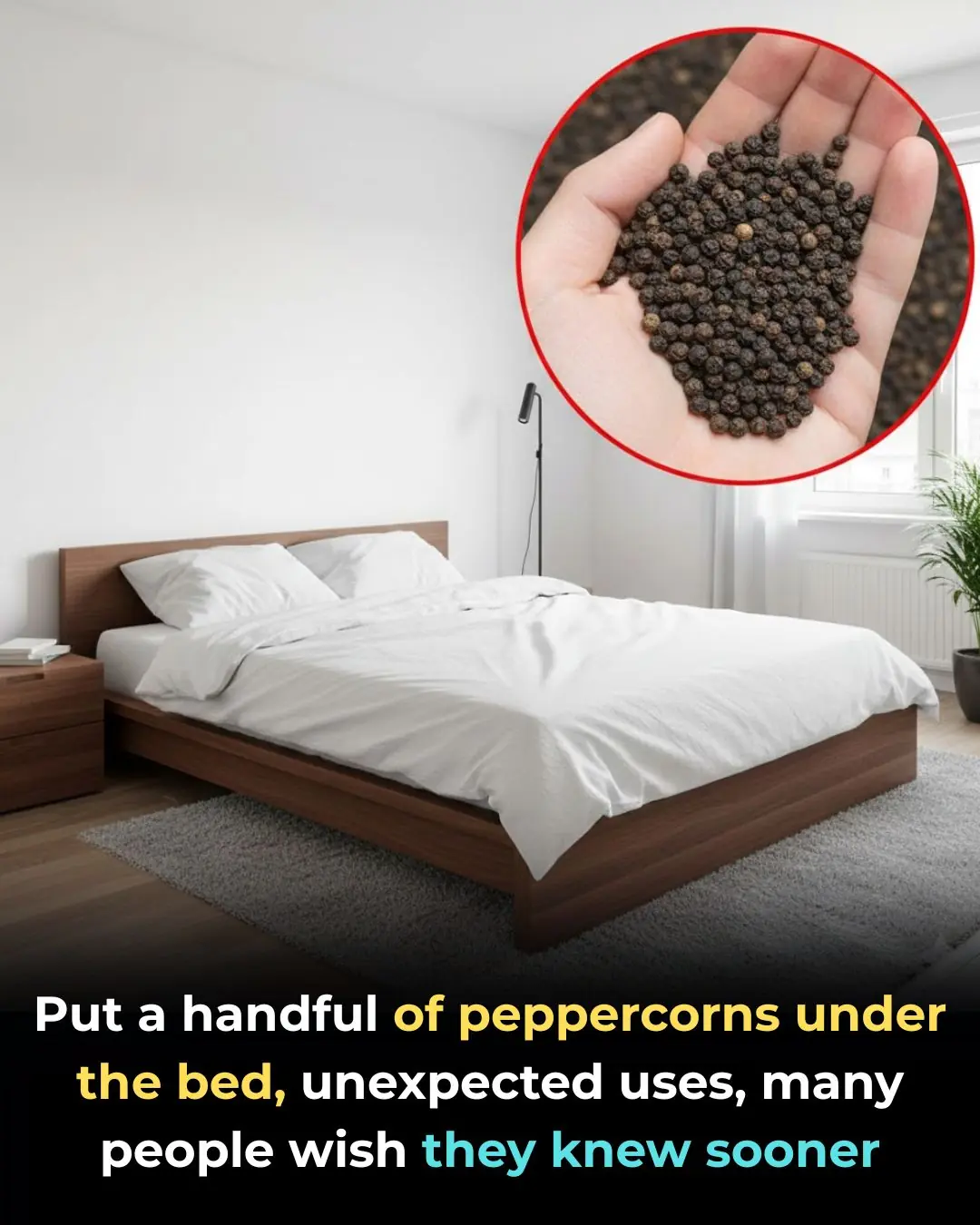
Put a handful of peppercorns under the bed, unexpected uses, many people wish they knew sooner

Don't rush to throw away the top, it can be turned into a wonderful spice, very necessary in the kitchen.

What Is a Microwave Ring Cover? Why This Small Part Matters More Than You Think (SEO-Friendly Guide)

10 Foods That Help Combat Fatty Liver: Nutrition Experts Recommend Eating Them Daily
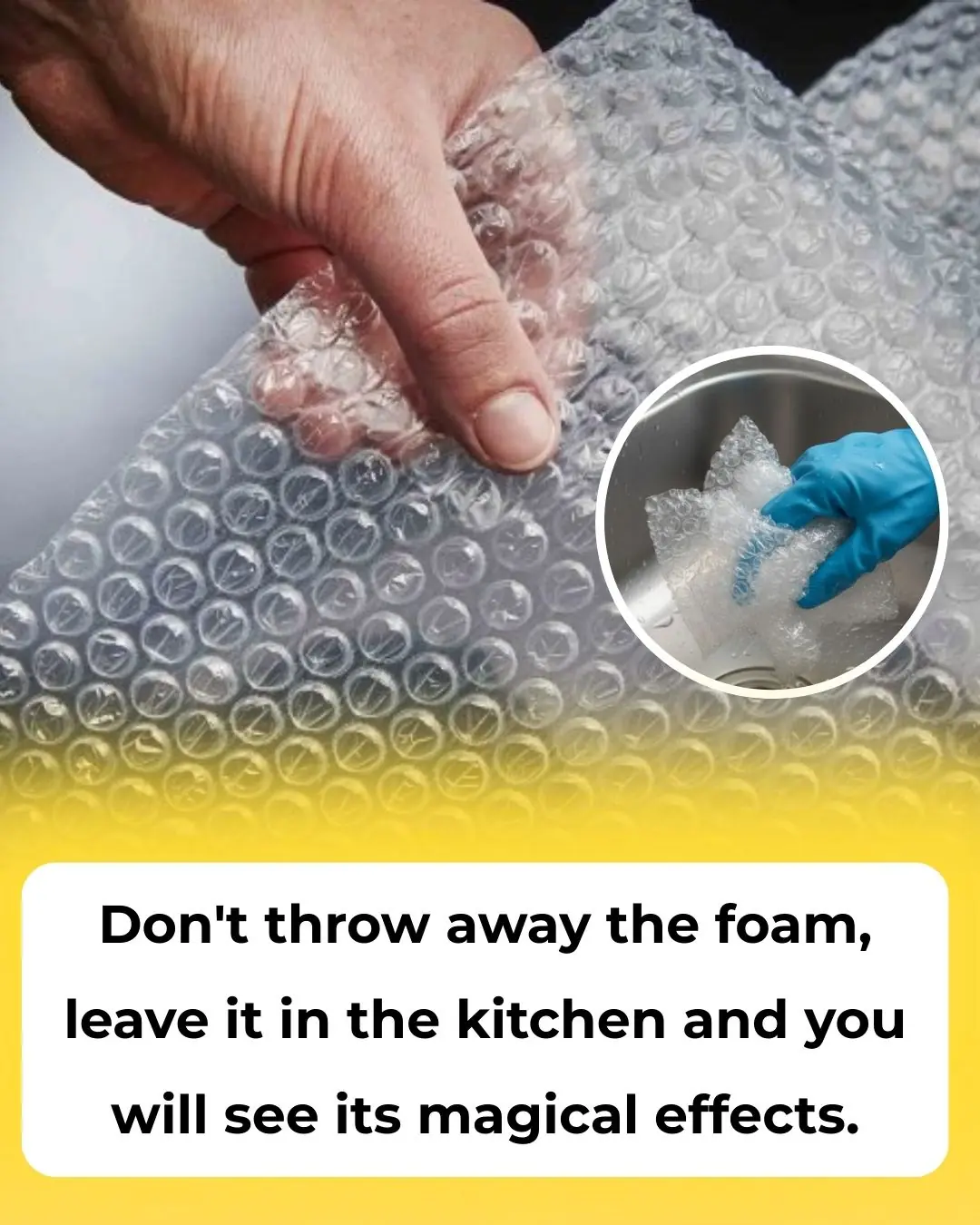
Don’t Throw Away Bubble Wrap—Keep It in Your Kitchen and You’ll Be Surprised by Its Uses
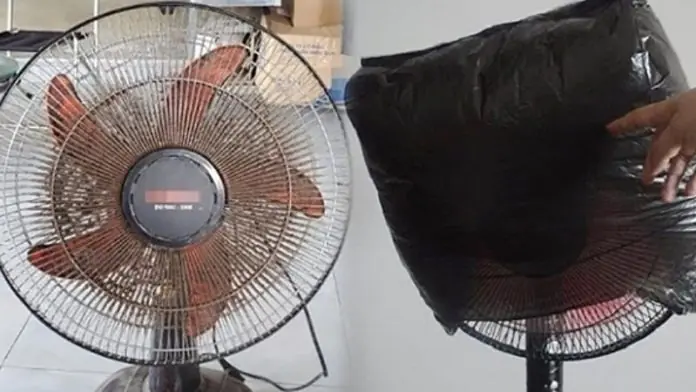
Dirty fan? No need to remove the frame or use water: This simple method makes your fan spotless and shiny

You're doing it all wrong. Here’s the right way to clean humidifiers
News Post

What Happens If You Eat 4 Whole Eggs Every Day for 30 Days?

Thicker Thighs Linked to Lower Risk of Heart Disease and Diabetes, Study Finds

Breakthrough Drug Offers Hope for Restoring Vision by Repairing Nerve Insulation

Avoid Ginger If You Have THESE Health Problems

Nobel Prize-Winning Discovery of Autophagy: The Body’s Self-Repair Mechanism

Dietary RNA: A Key to Slowing Cellular Aging and Promoting Longevity

The Role of Fish Oil Supplementation in Enhancing Fat Loss and Muscle Growth: A Scientifically Supported Approach

Dandelion Root Extract Shows Potential to Eliminate Up to 95% of Cancer Cells in 48 Hours

Meet the Solar-Powered Sea Slug: The First Animal Known to Photosynthesize!

13-Year-Old Boy's Heartwarming Act of Sacrifice: Buying His Mother a Car Through Hard Work and Compassion

Living With a Rare Condition, a 25-Year-Old Faces One of Life’s Hardest Decisions

Simple Ways to Reduce Nighttime Wake-Ups and Improve Sleep Quality.

Aretha Duarte Makes History As First Black Latin American Woman To Climb Mount Everest

Doctors reveal the #1 supplement to reduce dementia risk

The Coffee Photo That Survived the War.

Issa Rae Opens New ‘Downtown Dough’ Pizzeria in L.A.

From Hardwood Hero to Human Inspiration: The Legacy of Rodney Rogers.

The step-by-step plan to drop 30 pounds quickly in 2025

The Weight Bryce Couldn’t Carry Alone.
